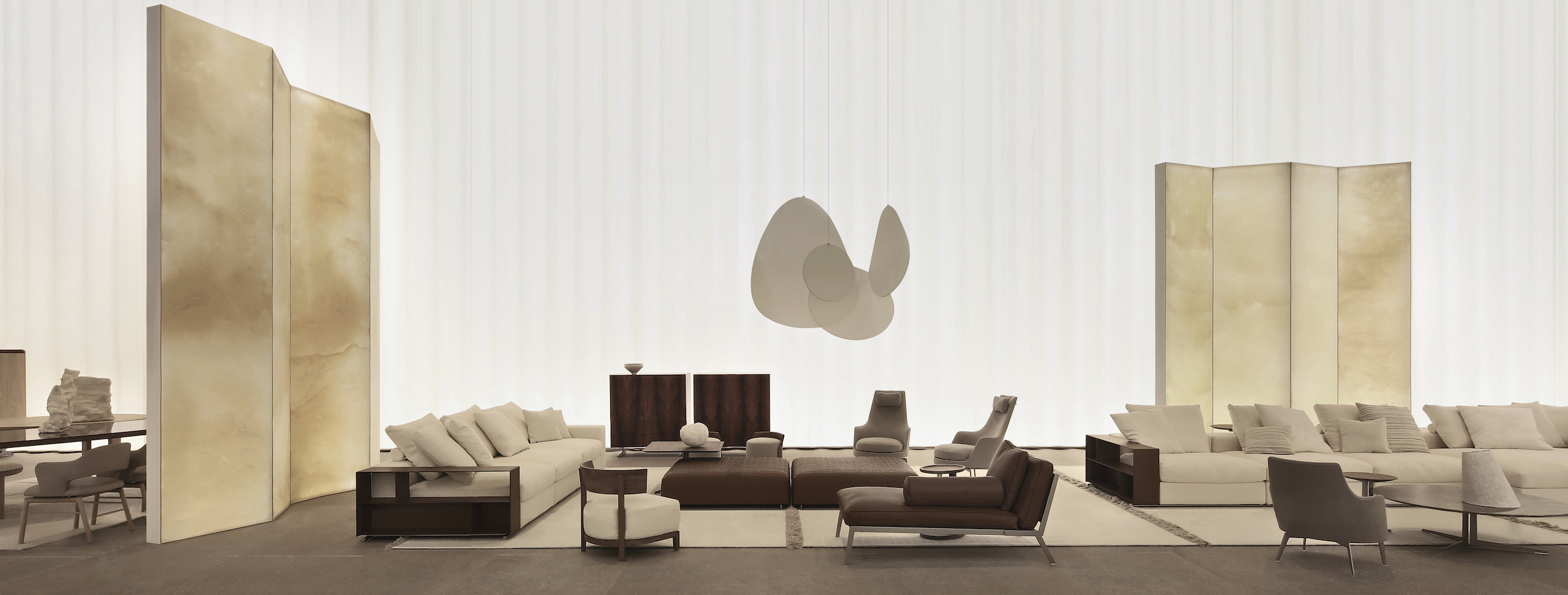The design world’s biggest stars and their aficionados have finally emerged from the seemingly endless expo halls of Milan’s Rho Fiera, where they spent April 16–21 at global furniture fair Salone del Mobile. During this 62nd edition, more than 1,950 exhibitors from 35 countries put their latest collections on view in displays small and large. Art director Antonio Citterio and set designer Studio Juma swathed Flexform’s exhibition (above) in ethereal curtains and room screens by Natural Material Studio made of bio-textiles; Kohler tapped Yabu Pushelberg to create a moody scene for innovative bathroom fixtures, and several furniture brands features groves of live potted trees. Now, as the spectacular booths come down, the topics on visitors’ lips are what was seen and what it means for the future of design. These are the trends from the fair that will stick.
1. The 1970s Inspiration Endures, in Segments
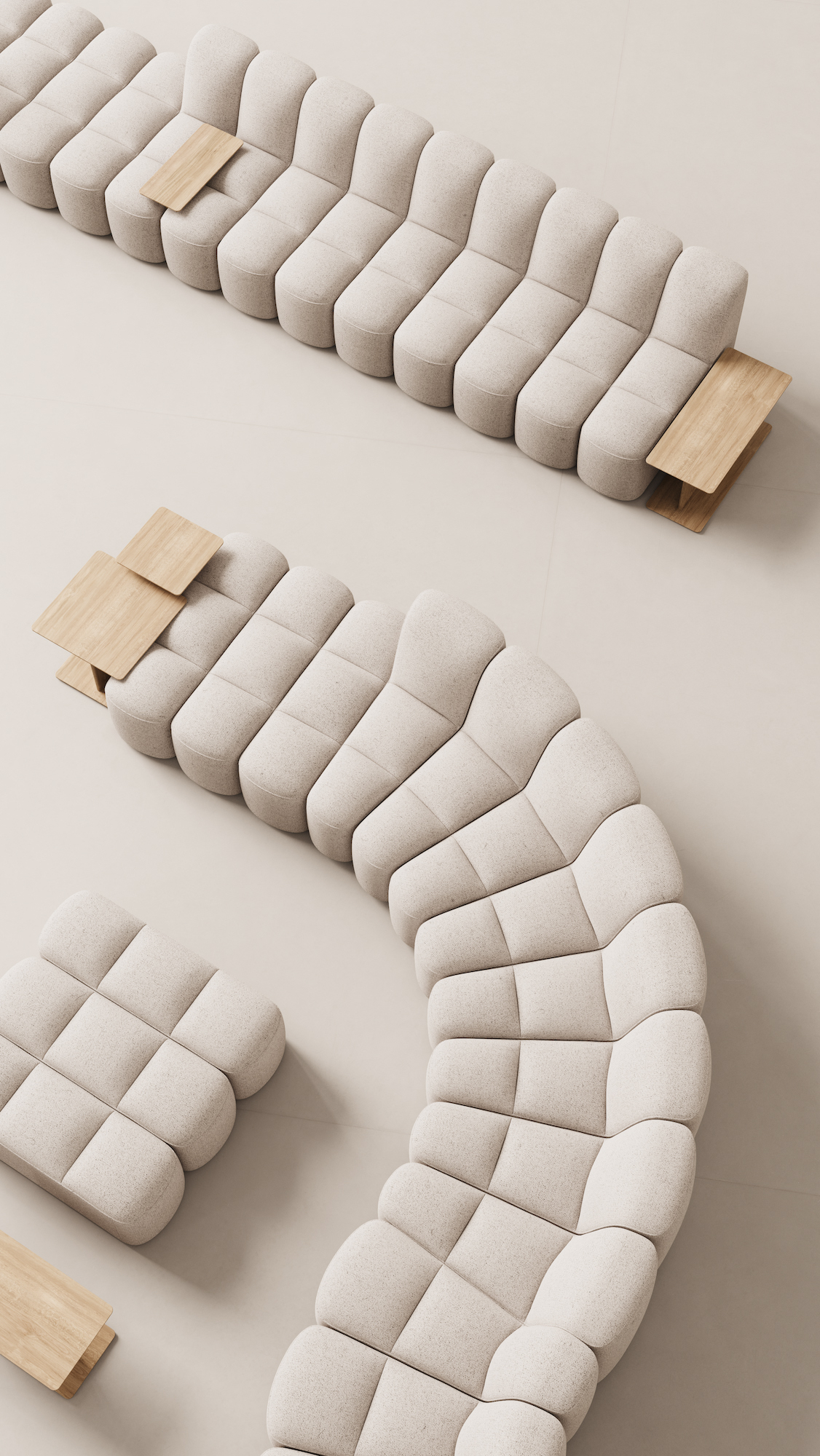
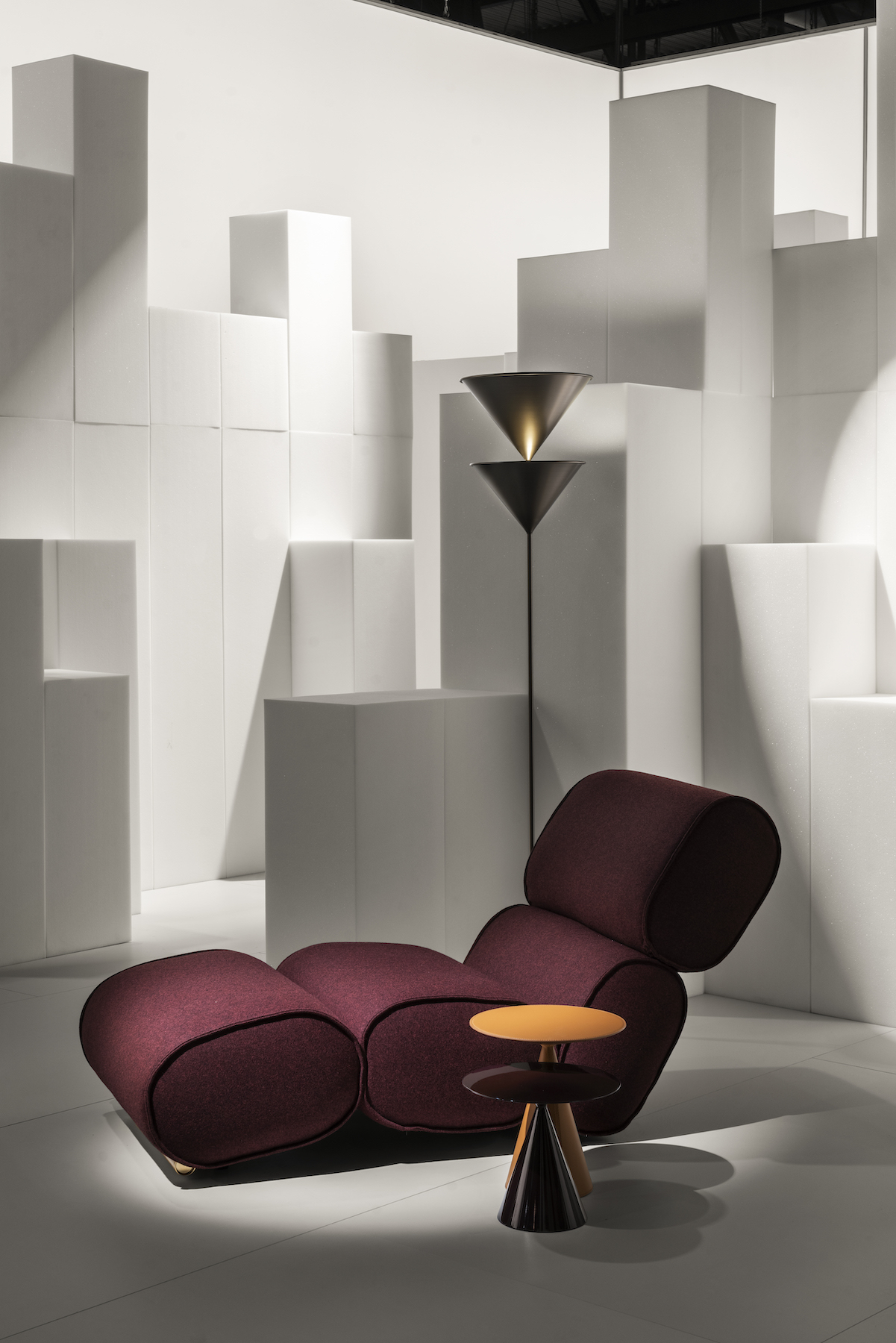
Overstuffed pieces by Ubald Klug and Mario Bellini, rattan sets, and more 1970s interiors trends have seen a recent rise in popularity as designers celebrate the influential decade’s 50th anniversary through furniture, colour, and slinky shapes. While the revival of conversation pits and sinuous sofas endures, the next wave of 70s inspiration is a bit more subtle—modular segmented seats. A flatter, bio-foam-filled, bouclé-upholstered sofa by Snøhetta for MDF Italia (think: de Sede’s 1972 DS600 but more petal pusher than leather snake) slithered through the Salone booth of Acerbis while Desalto showed a series of candy-coloured loungers whose plush units allow it to flex into several positioned designs. Other brands took Klug’s stacking approach to heart. For Tacchini, designer Faye Toogood presented a new collection of lunar-inspired furniture, including a sofa and daybed perfect for a crash landing. Meanwhile, Ann Sacks’s standout marble tub at the Kohler booth proved the design concept doesn’t always have to be pillow-soft.
2. Furniture You’re Meant to Move

Post-pandemic, many homeowners are calling on their designers for increased flexibility in the layouts of rooms and more multi-function in the furniture that fills them. At Salone del Mobile 2024, the design world answered this call with versatile indoor and outdoor pieces that can change shape or use easily, without the need to rearrange an entire living space. The notorious chameleon couches at de Sede led the charge with new sinuous, modular editions where one can manually adjust not only the backrest’s location via a sliding system but also its height, position, and form. To make a sofa wholly your own, designers Francesco Binfaré for Edra and Busetti Garuti Redaelli for Pedrali created backrests that are more like weighted pillows, entirely flexible to be moved as desired for sleep, snuggling, or solo sitting on large plush bases. They also allow the user to face any direction, a concept that eliminates the need for a singular focal point in the living room (no longer does TV reign as entertainment king). Outdoor furniture company Gloster applied a similar concept to a weatherproofed, oversized L-shaped daybed.
3. Paper Pulp Is the Material of Design’s Future
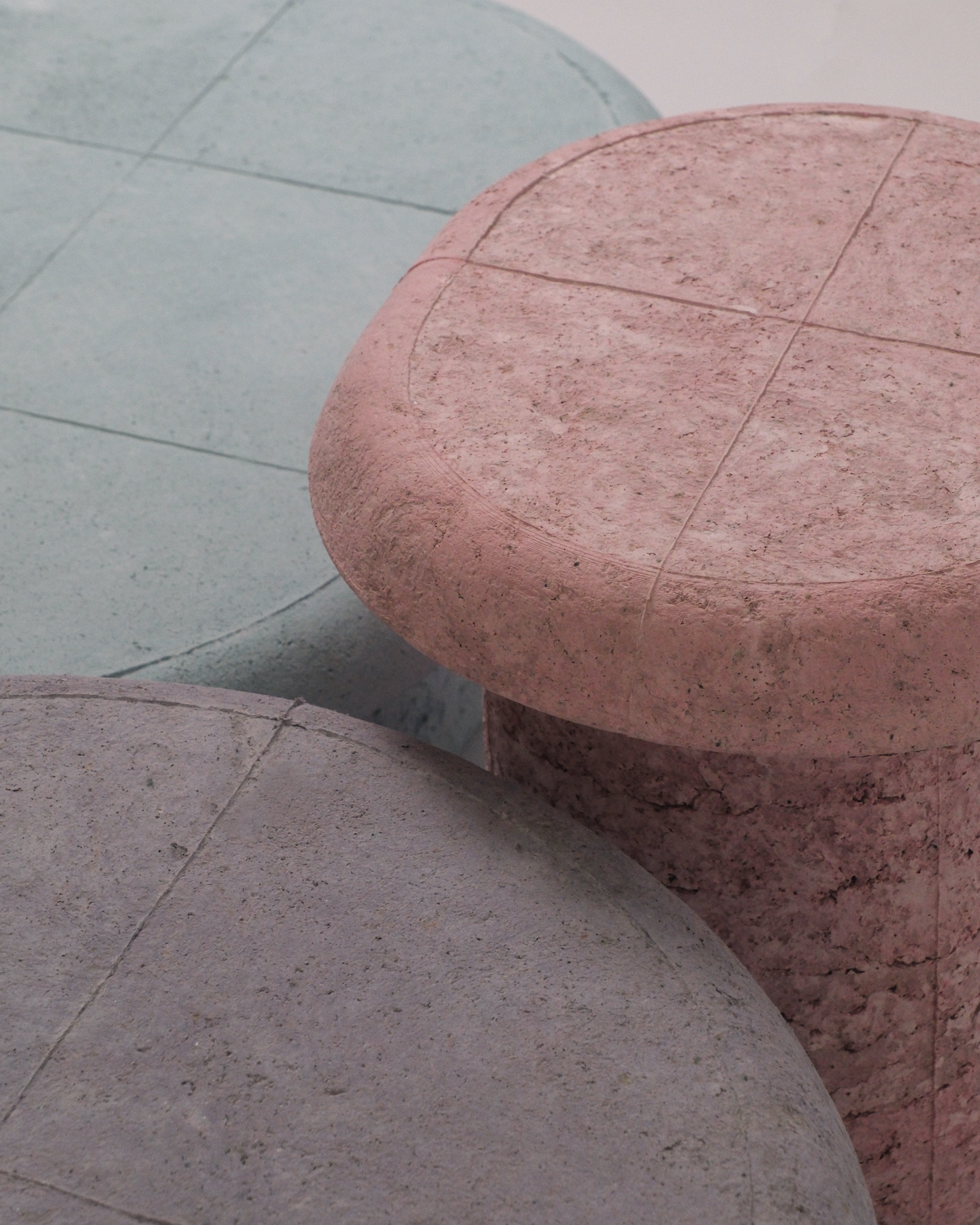
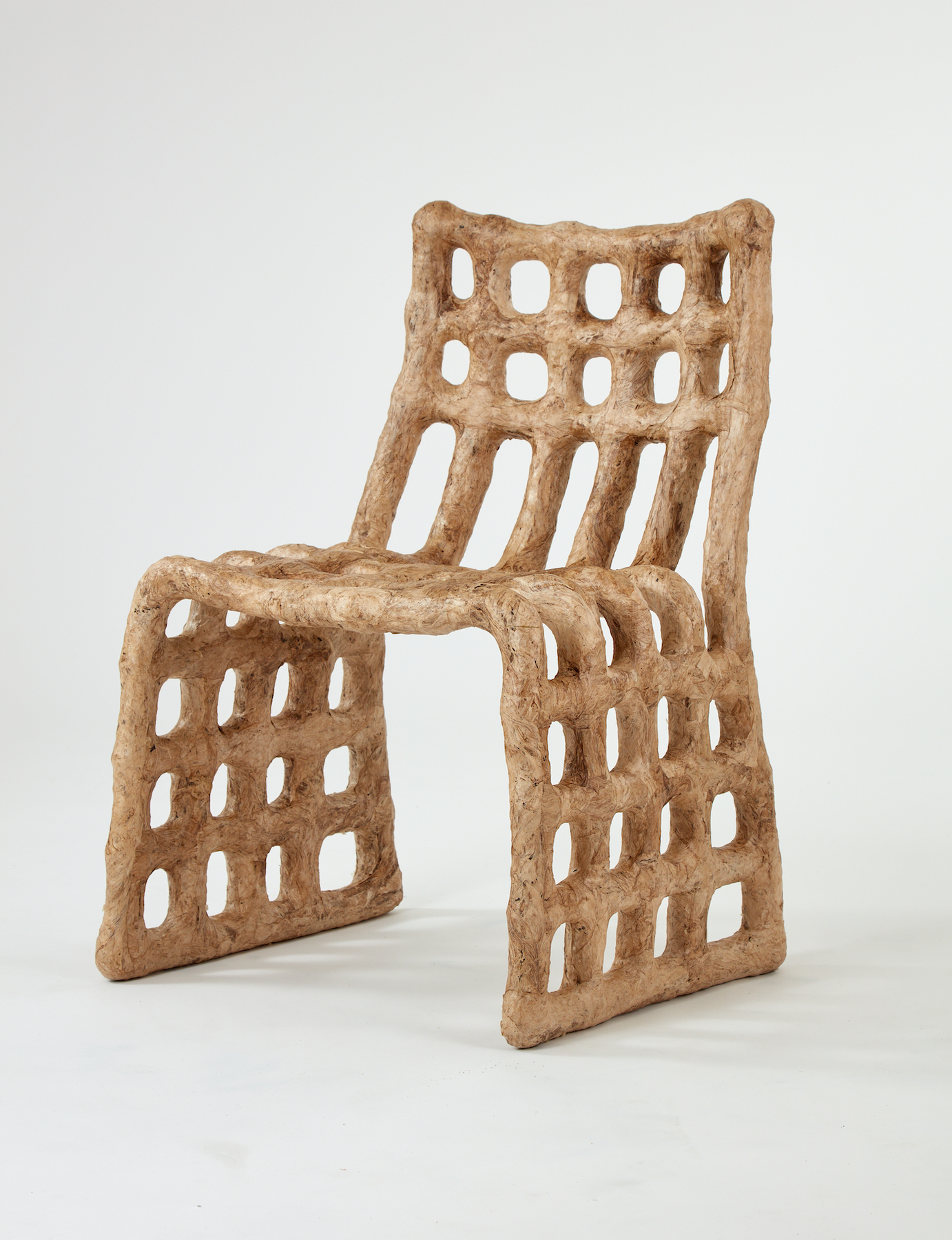
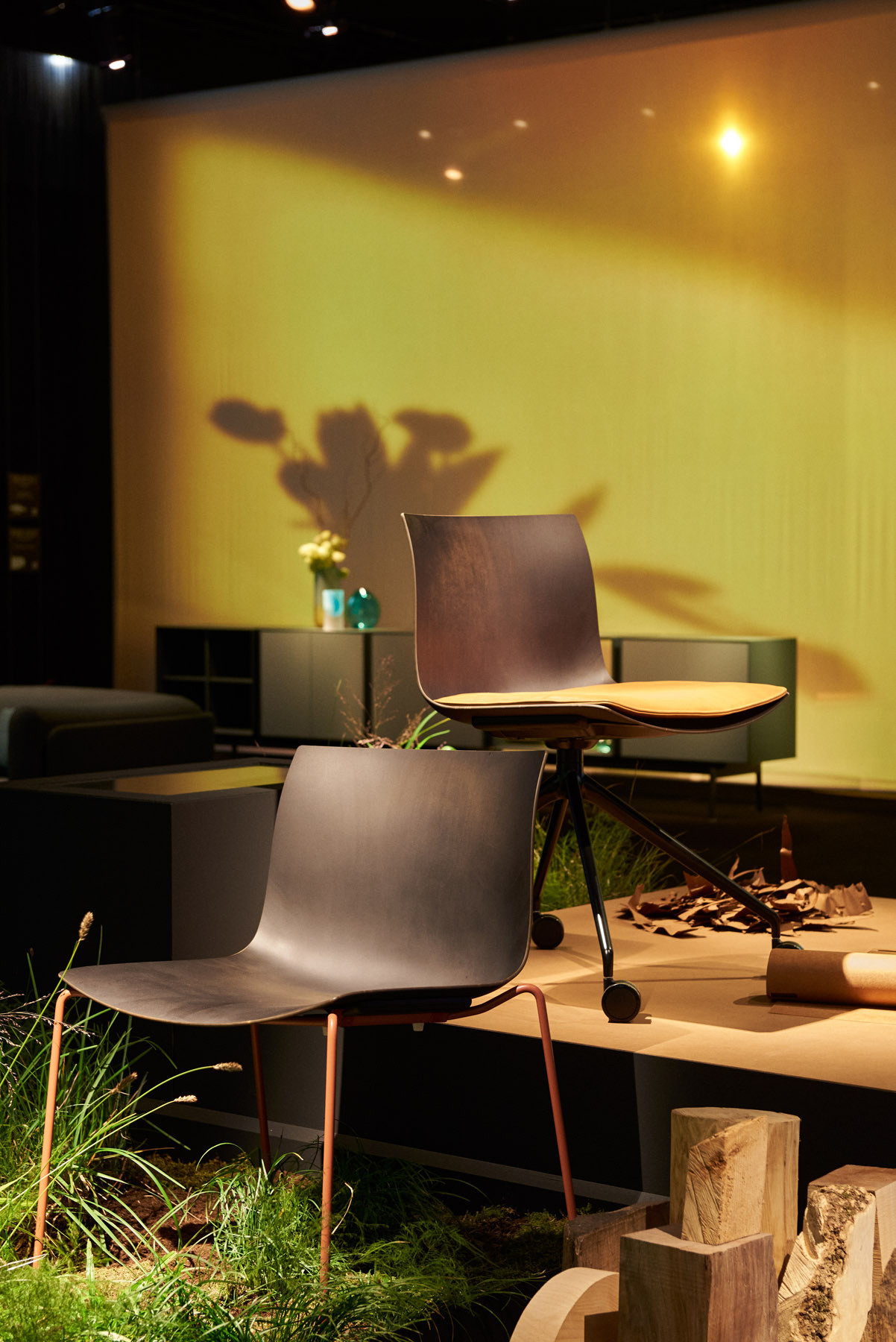
Sustainable materials were top of mind for many designers at the fair this year, and even for the Salone del Mobile.Milano organisation itself, which banned nonrecyclable drywall from 2024 exhibition installations and all those in the future, said president Maria Porro at a press conference last week. For the creative talents, one innovative medium was a most certain favourite: paper pulp. Created from a dehydrated mix of paper and water, it’s not only an easy reuse of common household waste, but also an economically efficient one. Independent Singaporean designer Emeline Ong used her brother’s discarded schoolwork to create her new series of pastel-coloured paper pulp tables and wall hooks.

The works debuted at Salone Satellite, where elsewhere emerging Rhode Island School of Design talents Samuel Aguirre and Tony Torres also explored the natural material for its closed-loop properties. Left in a forest for five years, the design duo claims, their Chair 3, Amate will decompose completely. Even legacy furniture brands are taking a stab at using the eco-friendly medium. At the fair, Arper revealed a paper pulp reissue of its Catifa 53 side chair, originally designed by Lievore Altherr Molina in 2001. Constructed of curved layers of carbon sequestering timber waste, the seat can become biochar if discarded, never releasing its CO2.
4. Metal Rules, But Especially in the Kitchen
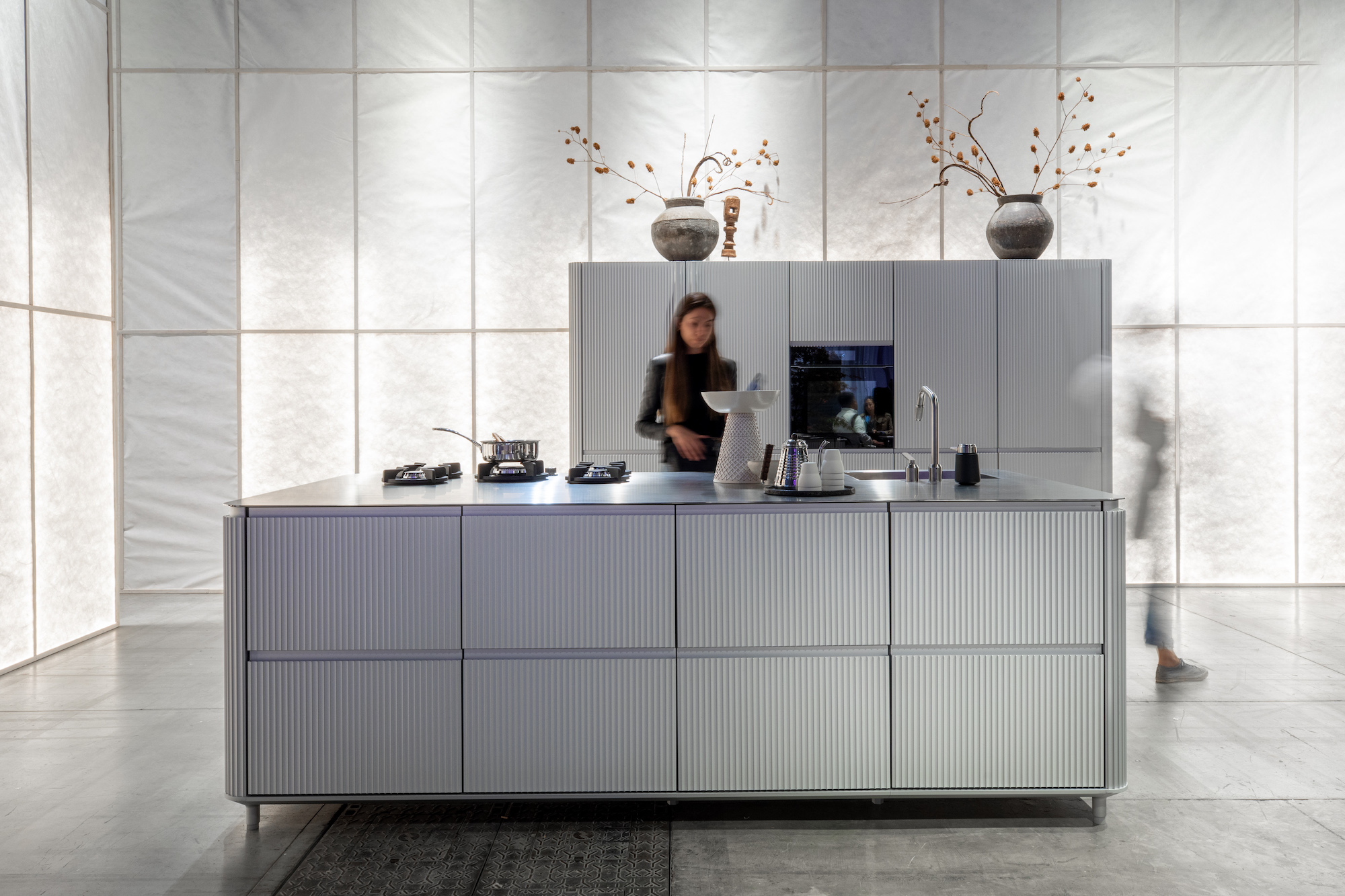
A stainless steel island may seem a design choice only for the most serious of chefs but design brands Scavolini, Sachi, Vipp, and more are counting on home cooks of all kinds to take up the aesthetic. All presented countertops in the metal, and some extended the range to cabinetry and appliance fronts, too. Vipp’s fluted aluminium storage was quite a handsome option, and others, like Abimis or the modular system designed by Very Simple Kitchen, offered a variety of powder-coated colourways for creating cabinets that contrast shiny steel surfaces.
The prominence of the material at the fair went far beyond the kitchen, however. At Salone Satellite, emerging designers including Kotaro Usugami, Filippo Andrighetto, and Ntaiana Charalampous for Dedàleo used stainless steel or aluminium to create everything from chairs to etageres to lighting able to pivot a full 360 degrees.

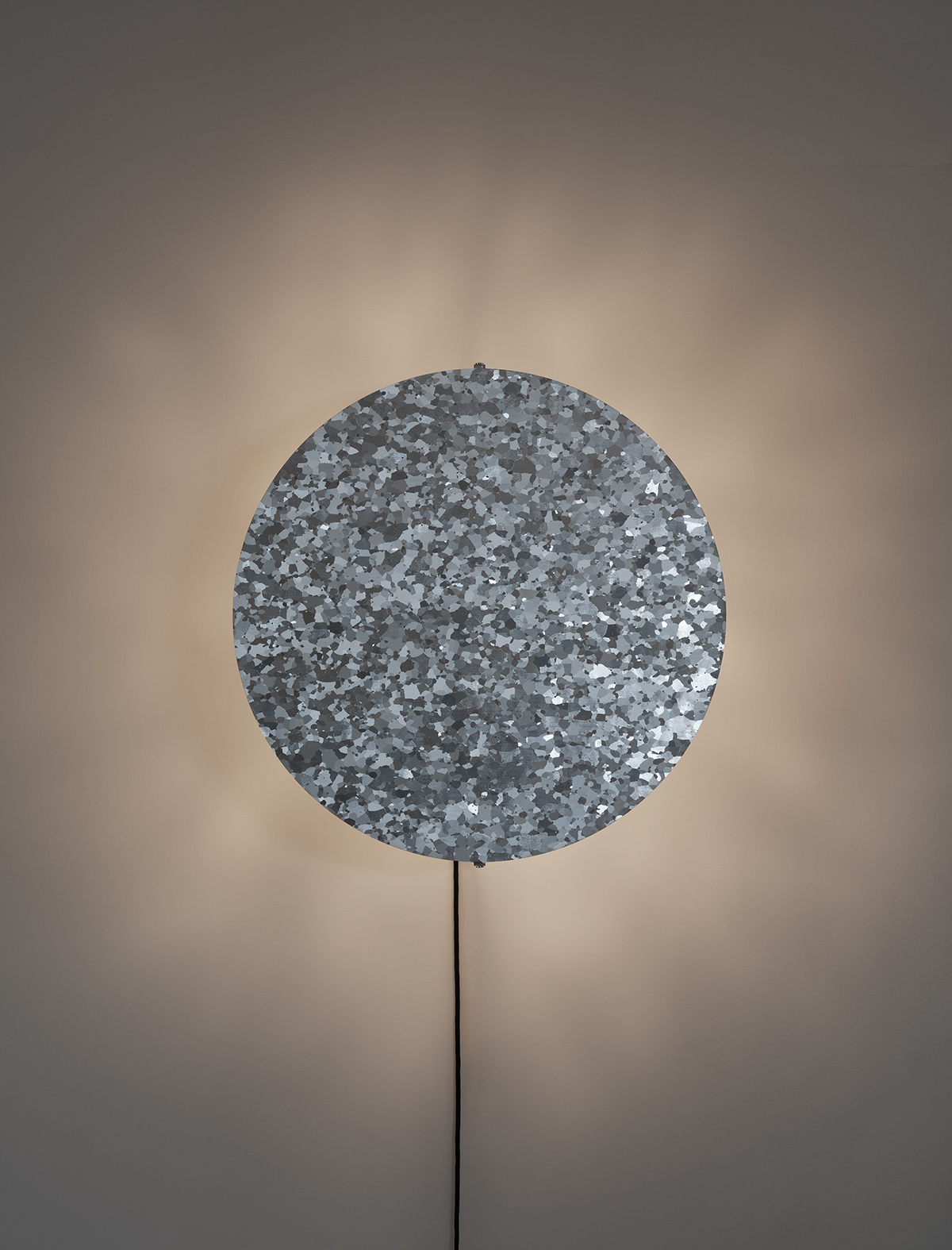
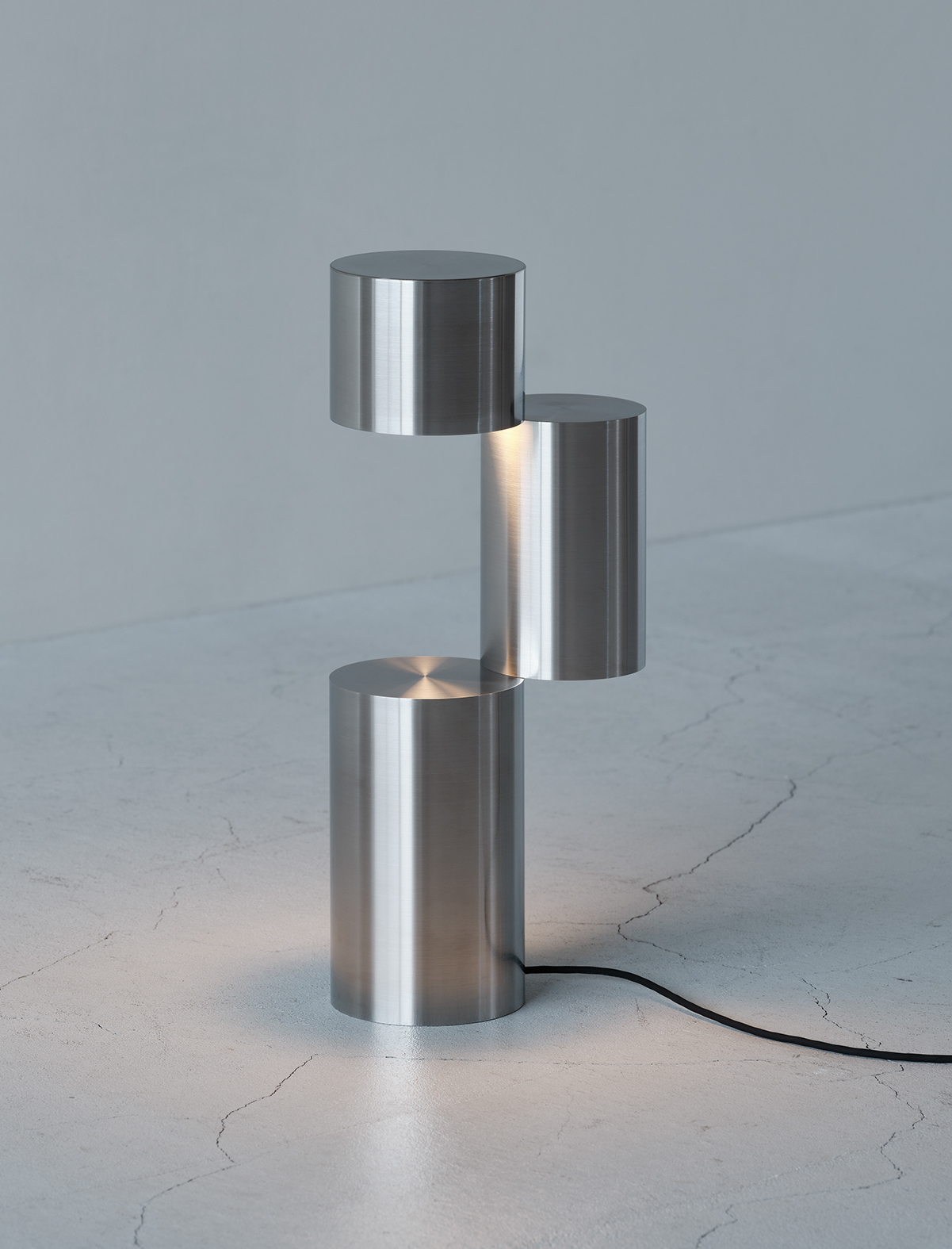
Inexpensive, recyclable, and accessible, these metals are a particularly astute choice for those looking to create with the planet and budget in mind, as long as you’re ready to embrace an inevitable patina. In a booth of works by students from Mexican design school Cedim, designer Joaquin Alejandro Franco went even smaller to embrace the material’s potential for the everyday, as reusable, disinfectable food containers, tapping into its known benefits in commercial kitchen spaces.
5. Even the Sofas Are Nesting
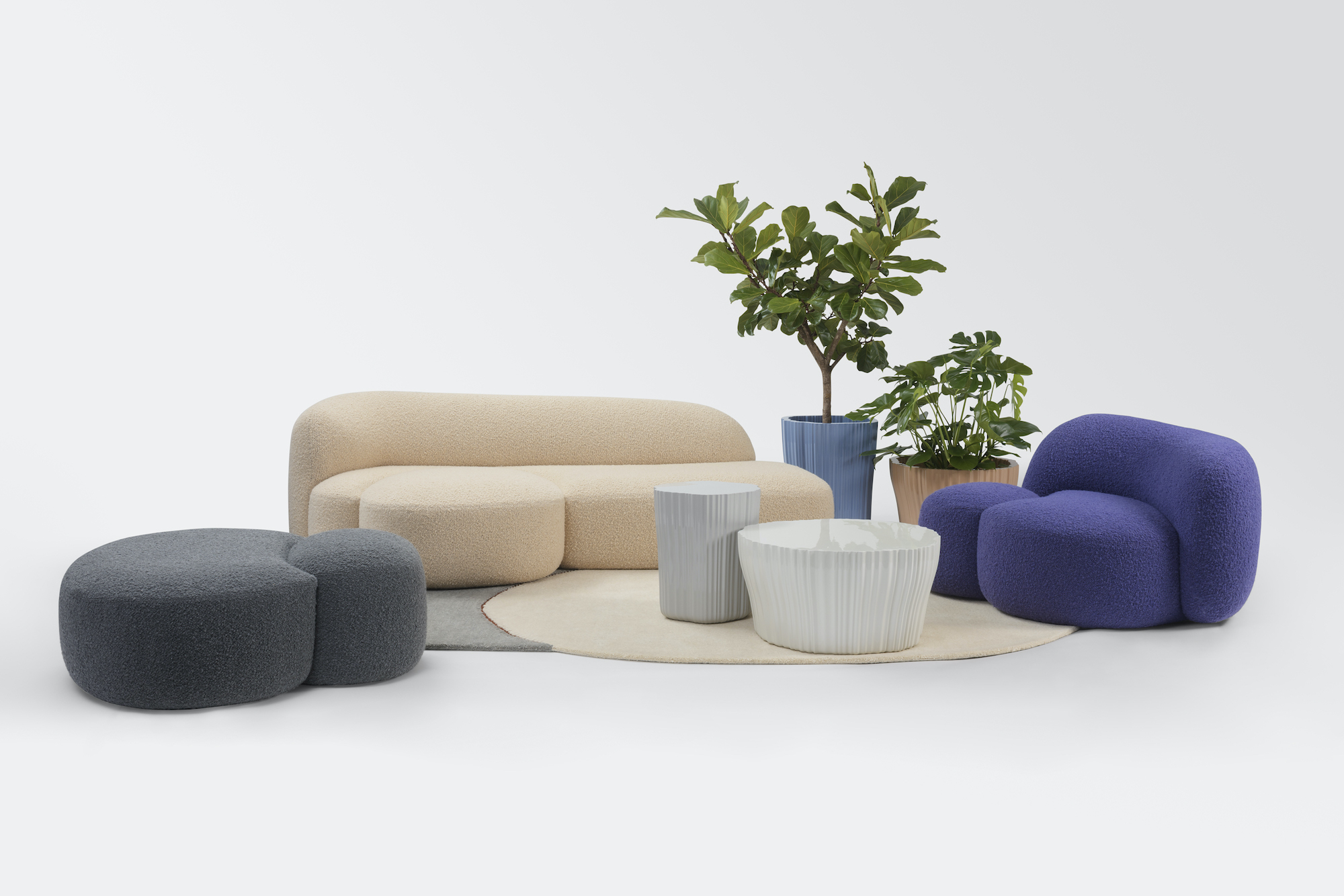


What has seemed to stick past the stay-at-home orders of just a few years ago is a new appreciation for domestic space, and a reinvigorated want to optimise it. One such way is to multiply the function of a single piece of furniture. Can a sofa be an ottoman, cocktail table, and stool all at once? Several design brands decided to try. For Minotti, designer Hannes Peer created the Yves seating system, a customisable sofa with playful half-circle niches into which drinks tables can perfectly nest. At Kartell, Milan Design Week’s ubiquitous collaborator, Milanese architect Patricia Urquiola, launched her Aaland collection with an armchair, sofa, and pouf whose irregularly bulbous sections appear separated, like Pangea just beginning to split. Delightfully, Urquiola herself could be found perched atop one such chair during the fair’s opening day, taking questions from eager journalists and members of the trade. And design duo Stormo Studio presented perhaps the most playful option of all, the colour-happy modular Nefelibata line, which stacks and nests upholstered logs of varying sizes on and around itself to create a combined shape suited to the owner’s needs and taste (with optional side table additions to boot).
6. The Great Outdoors Comes In

For some furniture brands, a home surrounded by nature is just not enough. At Exteta, Flexform, Kristalia, and District Eight, indoor seating took inspiration from those outside seats that allow us to enjoy the great outdoors more comfortably: collapsible camping chairs. Designer Jean-Marie Massaud went literal for the latter, creating the leather-and-wood Lodge line with an armchair and foldable stool that will look just as at home around the dining table as on the covered patio. Kristalia and Flexform offered their own versions; the former by Läufer & Keichel with a fabric seat and backrest; the latter with the help of designer Antonio Citterio. Exteta, meanwhile, combined a few trends in one, designing a tubular steel form to support plush leather cushions and a strapped, slouchy leather pillow. As a three-seater sofa, the form gives the particularly distinctive feel of the relaxed, yet luxurious decor found inside the tent at a chic glamping hotel under the stars.
Read more: Design Fairs | Design | Art | Interior Designers I Interiors | Milan Design Week | Sustainability



